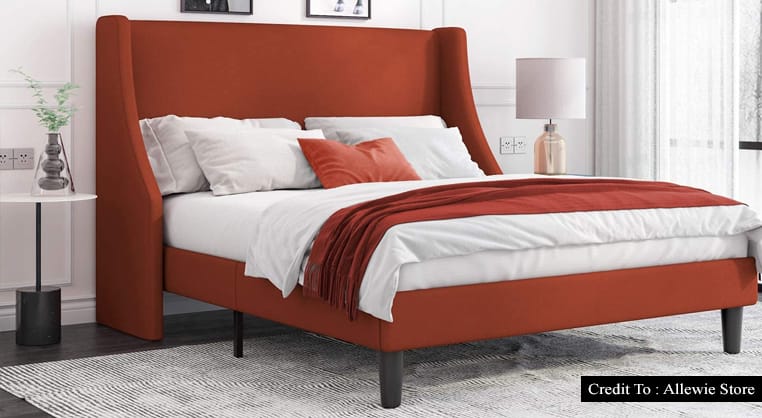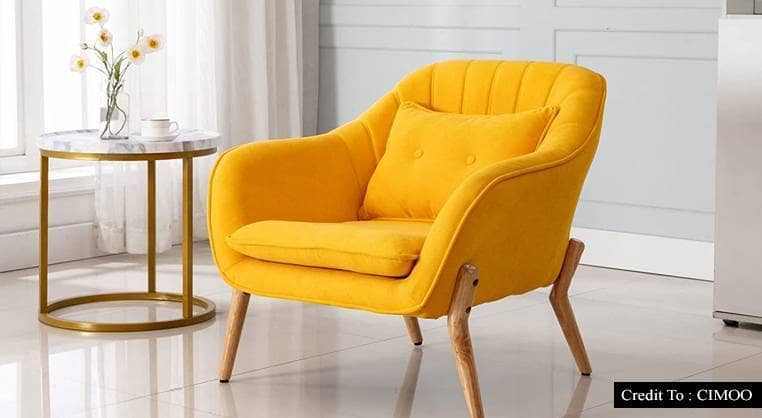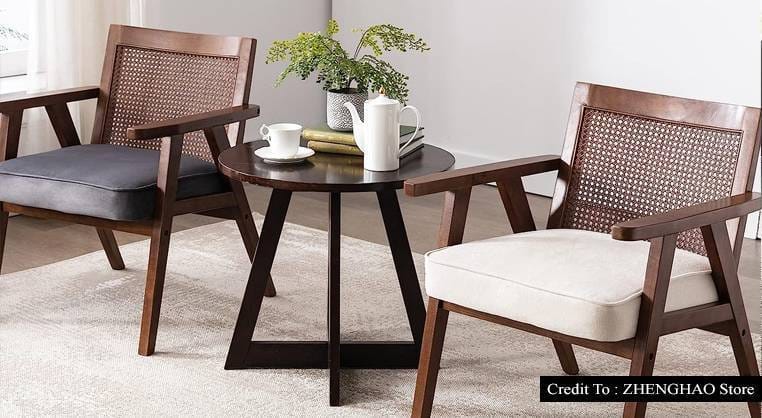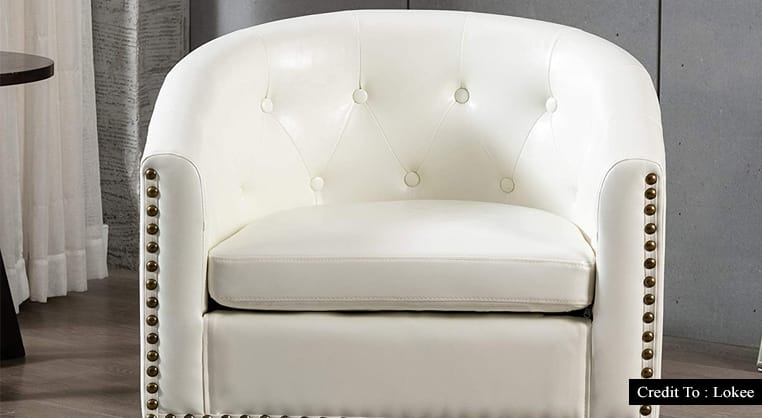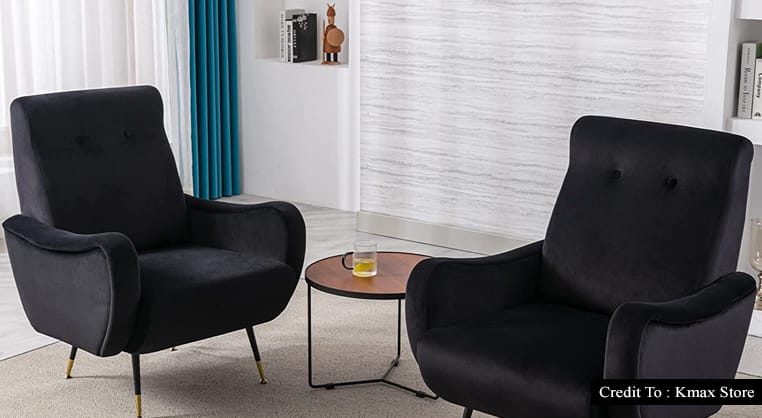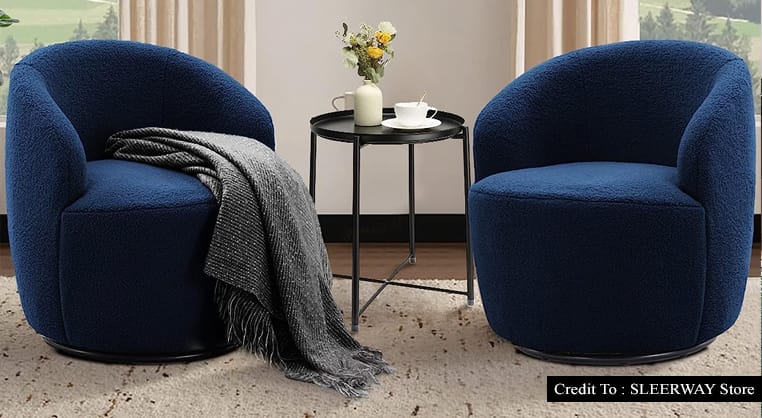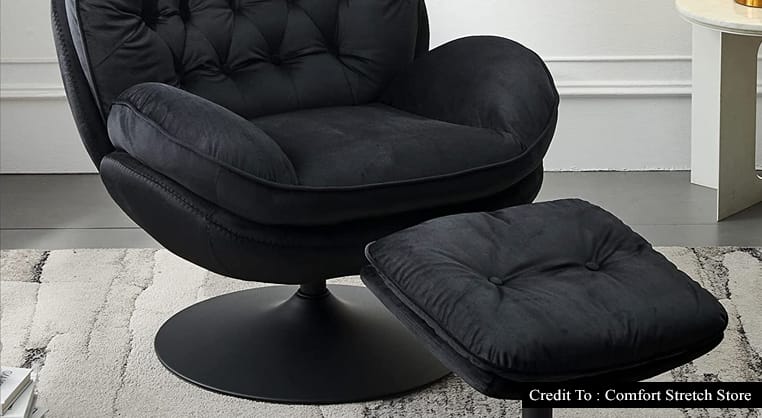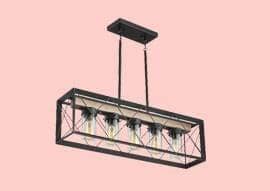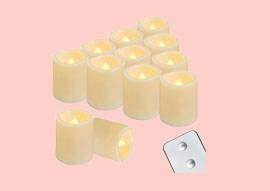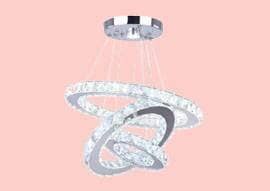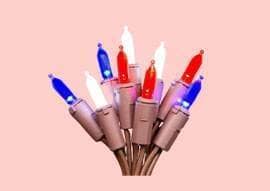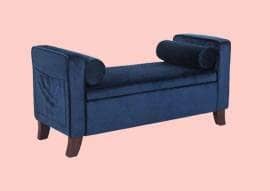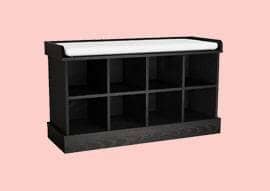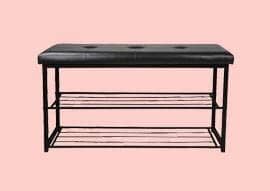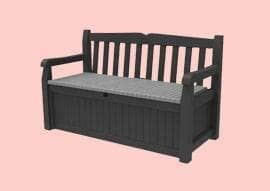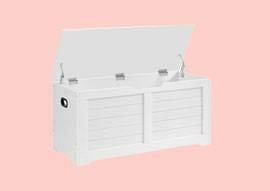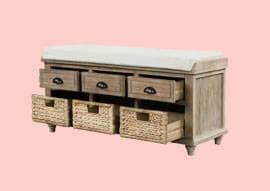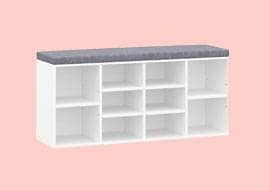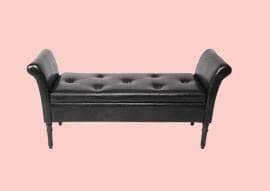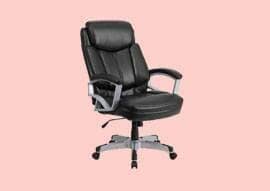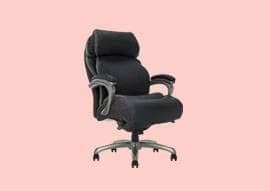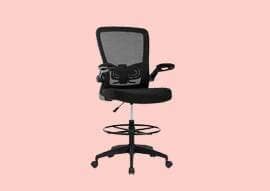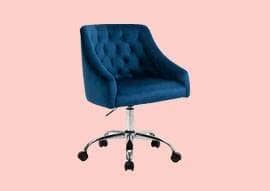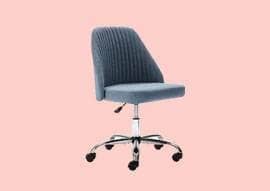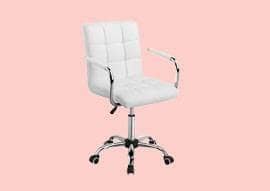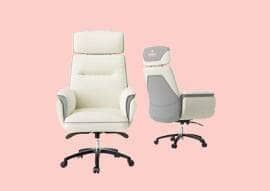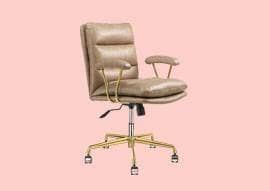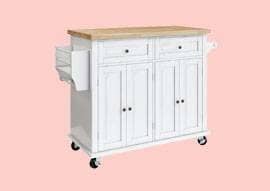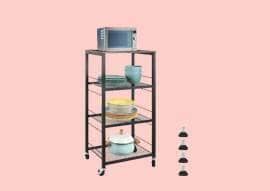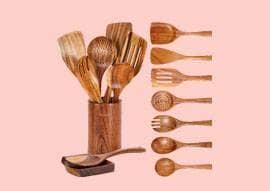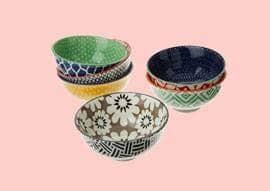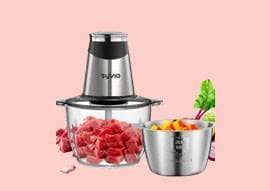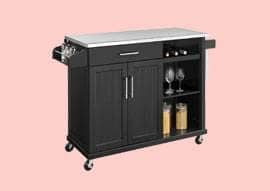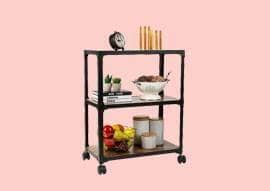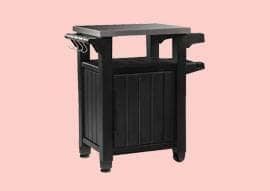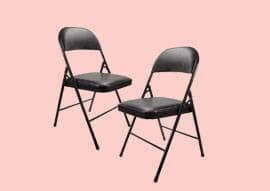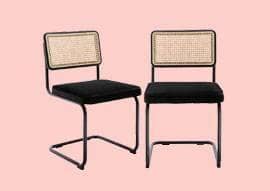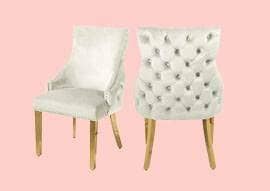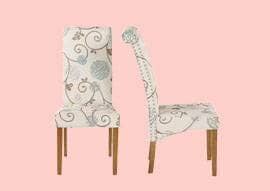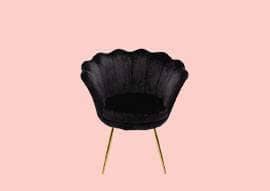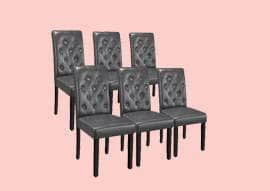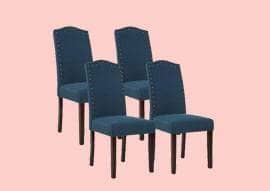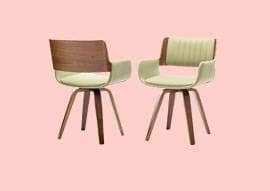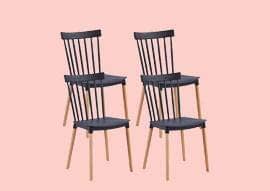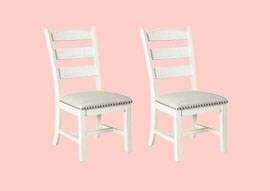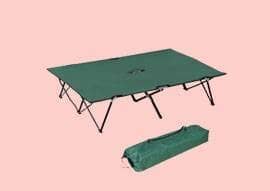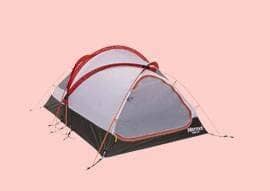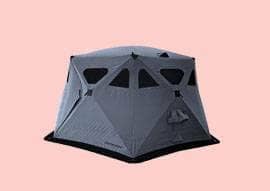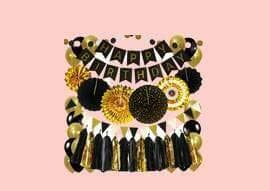Experience Tranquility with Luxurious Bed Collection!
Elevate Your Comfort with Stylish Office Chairs!
Home Lighting
Storage Bench
Office Chairs
Kitchen Islands and Carts
Dining Chairs Set
Garden and Outdoor
Event And Party Supplies
Use Of Home Products & Home Product Reviews
To avoid spills and poisonings, dangerous home products must be stored safely. Before being used up or delivered to a collection facility, home products are kept in storage for months or even years. Observe every instruction on the packaging. Keep poisons and medications out of young children’s eyes and reach. home products should be put back into storage right away. Modern Home products should always be kept in their original packaging.
Home décor benefits: When we properly décor our home it will give the positive impression of our sense that how much we are sensible in selecting and decorating our home perfectly. Home décor is similar to using objects to convey different parts of your life. It may provide you with a creative outlet, a hobby, and something to do and work on in your downtime. It’s the same thing as expressing yourself through art to express yourself via your decorated home. In ‘Review Home Products’ we will give ideas about the home décor and related home product reviews.
Elements that are very important in Modern Home Décor: Natural materials can be used to make lovely interior and exterior of modern home decoration. Modern home décor can employ natural and organic materials for decking outside, leather furniture for the interiors, and simple ornamental components scattered about the house, as opposed to solely using wood for furnishings.
Home decor makes your home look cozy and good
Home decor can be as simple as adding a few pillows to a couch or as intricate as painting the walls in a new color. To help you get started on your own home décor project, we’ve compiled some of our favorite ideas projects that look great in any room of the house!
Modern home decor makes your space look beautiful: Modern home decor is a great way to stay on trend without losing your individuality. With so many different styles and trends, it can be hard to find the perfect look for your space, but all of those options are available in modern homes. In “Review Home Products“, we’ll take a look at some of our favorite ways to update your interior design with modern colors. And if you’ve been looking for a new home renovation project with a completely new look, then modern decor might be right! Here we’ll go over the most common types of furniture that you’ll find in homes built or updated with modern decor.
Rustic Home Decor – Reclaimed Wood You don’t have to live in a cabin or on a farm to love this decor style. With the right supplies, you can create rustic home décor that you can incorporate into your interior design projects.


Why a Home Office is necessary?
For the majority of remote workers, having access to a home office is essential both now and in the future. If you’re required to work from home, you’ll need a functional workspace so you can be productive and efficient. The home office has long been desired and greatly cherished by those who had one because it is a quiet space to concentrate on work, store and organize important paperwork, or read without interruptions.
Techniques how to maintain Home Products: There are a number of cleaning techniques you can do using basic home products to maintain your environment hygienic and orderly. In Review Home Products we will guide that which one work best for you and your home by putting products to the test.
Importance of Office Wall Décor: A decorated office wall in a home office needs to be planned as a place to stimulate thought. Choose artwork or patterned wallpaper to add to the creative inspiration on the office walls decoration rather than going with a blank canvas. We’re all spending more time in our home offices, so it needs to be cozy and aesthetically beautiful.
Here are some Desk Décor Ideas: A simple method to instantly improve your attitude while also bringing some love to your workstation is to display personal photos in attractive frames and put them on your desk, its an idea for decorating your desk.
Importance of Kitchen Accessories
Maintaining cleanliness or order in the kitchen is greatly aided by kitchen accessories. Some of these gears could aid the chef in finely chopping, slicing, and mincing uncooked ingredients. Cooking utensils built especially for such use; they also have a mess-free design. Having the right kitchen accessories is essential for everyone who wants to be the greatest cook they can be, since it will ensure culinary success and reduce cooking aggravation.
What are Home Products? Personal belongings and property used or intended for use in a home are referred to as home products when they are a component of the home’s furnishings or supplies. Property moving from a factory or store is not considered home products unless the householder purchased the item with the intention of using it in his or her home.
Importance of Kitchen Supplies: Having the appropriate information, kitchen supplies, and organization can help you set up your kitchen for efficiency and success. You should have the following four types of kitchen supplies in your establishment, food safety, preparation of food, cooking, upkeep and unique kitchen supplies.
Kitchen Gadgets can be: A kitchen gadget can be a specialized tool used to prepare a single type of cuisine or to carry out a single task across several different dishes. A thorough list of the top kitchen gadgets to energize your recipes can be found in Review Home Product.




What are Dining Room Decor Ideas?
Dining rooms frequently see heavy foot traffic, so it’s ideal to choose flooring of superior quality and durability that requires little upkeep and will last for years. Dining rooms are frequently used for more formal social gatherings like evening dinner parties and hence tend to be the province of more ambient lighting such as candles & table lamps.
How we can Decor our Home? There are several types of home decoration and countless possibilities for the hues, furniture designs, and furniture placement in a space that can make your house look beautiful! When it comes to home décor, furniture and wall accents are just the start.
Main Ideas about Room Decor: You have complete creative freedom in your room decoration where you can discover your individual style ,whether you want to evoke a tranquil atmosphere, a rustic style, or a contemporary aesthetic. Consider which room they would fit best in after customizing your home decor to reflect your distinctive style.
Modern Dining Room style make your dining room beautiful: A statement light fixture, some motivational art, and a big mirror to reflect more light around the space will finish off your modern dining room redesign. Using color, pattern, lovely furniture, and accessories, you can add character and appeal to modern dining room ideas without making them appear chilly or overly polished
Outdoor living extends indoor lifestyle
An outdoor living space is a place where your indoor lifestyle extends outdoor living clearly. In your backyard, close to a focal point, there are a blend of wood and stone buildings with plants and other landscaping accents. Utilize your outdoor living area to take advantage of the convenience of your house and the beauty of your yard.
Explain the value of Home Decor: The art of making your home look pleasant is known as home décor. It refers to the decorative elements that are employed to enhance the beauty and visual appeal of a house. Home decor includes physical items and objects (furniture, art, and accessories), how they are arranged, and the materials and colors used in the rooms (flooring, wall coverings, window coverings, and ceilings).
Outdoor conversation sets according to your lifestyle: Outdoor conversation sets is the best way to start a communication. You have all you need for an interesting, enjoyable evening flavored with plenty of entertainment with outdoor conversation sets and a fire pit. In ‘Review Home Product’ we will guide you properly about the uses of Outdoor conversation sets according to your lifestyle.
Uses of 3-piece patio set for every style of entertainment: A 3-piece patio set is available for every style of entertaining, whether you prefer the relaxed atmosphere of a small gathering or the high-impact excitement of a sizable crowd. A 3-piece patio set is ideal for romantic evenings or private conversations by the fire.




Requirements about Home Furniture and Decor
You don’t need to buy brand-new home furniture and accessories to redecorate your home furniture. By just repurposing your existing home furniture, you can totally transform your area. Refresh your old home furniture and incorporate common objects into your design using simple strategies for a quick, cost-free upgrade.
Safe usage and storage of Home Products: Include the brand name, contact information, and instructions for safe use, handling, and disposal of home product. Never substitute containers for those used for food or liquids. Make sure the container won’t harm children. Never combine various home cleaner products. It might be harmful to do it. For instance, mixing vinegar or ammonia with chlorine bleach might result in the release of harmful gases.
Need of best quality furniture: Everyone wants to put best quality furniture in their houses. In “Review Home Products” you will find the best and unique ideas about the need of different best quality furniture and their uses. There is a clear distinction between the best quality furniture and conventional furniture, despite the fact that it creates a great interest for decorating home.
Material of home good furniture: Solid, first-class wood is often utilized to make high-end home good furniture. Since the wood is hand-carved, intricate wood is an unmistakable indicator of upscale for home good furniture.



